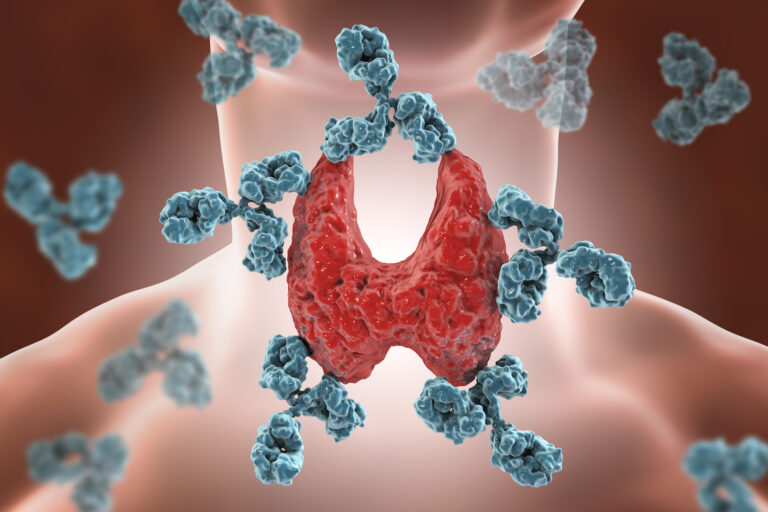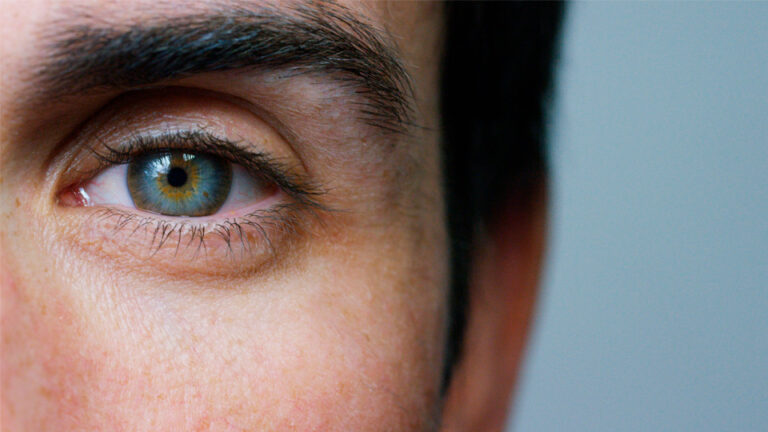Buerger’s Disease: How to Deal With It
Author: Alvin
Alvin
Category: Health

Buerger’s disease is a rare disease of the arms and legs. Buerger’s disease, also called Thromboangiitis obliterans, causes inflammation, swelling, and blood clots in the blood vessels (thrombi). This causes skin tissue damage, infection, and gangrene. Buerger’s disease usually starts in the hands and feet, but can spread to the arms and legs.
Leg cramps can occur when walking, causing limping in some cases (claudication). There may also be numbness, tingling, and a lack of normal blood flow to the fingers or toes (Raynaud’s phenomenon), as well as inflammation and clotting of certain veins (thrombophlebitis). This type of disease can cause tissue death (gangrene) in affected limbs. The exact cause of Buerger’s disease is unknown, but most sufferers are heavy smokers. Almost everyone with Buerger’s disease smokes or chews tobacco. To stop this disease, you must stop all tobacco use. Those who don’t quit may need amputations of all or part of their limbs.
How Does Buerger’s Disease Relate to Smoking?
The specific cause of Buerger’s disease is unknown, however it is strongly associated with the use of cigarettes. Tobacco compounds, according to researchers, may irritate the lining of blood vessels, causing them to enlarge.
Almost everyone who has Buerger’s illness smokes cigarettes or uses other tobacco products like cigars or chewing tobacco. Don’t smoke or use other tobacco products if you don’t want to obtain this illness.
Causes of Buerger's Disease
Doctors aren't sure exactly what causes this condition. Your genes might play a role. Some people may just be more likely to get it. Some experts think that certain chemicals in tobacco might irritate your blood vessels, and that's what makes them swell. Others think tobacco triggers your immune system to attack your blood vessels like they're bad germs.
Buerger’s disease thought to be an autoimmune disorder. Hand and foot trauma may contribute to the disorder. Toxin-neutralizing antibodies (e.g., IL-10) attack healthy tissue, causing autoimmune disorders. Because the prevalence of Buerger’s disease varies greatly between ethnic groups, genetic factors may play a role. More research is required to determine the exact role genetics plays in the disorder’s development.
Identifying the Signs and Symptoms
When you have Buerger’s disease, your arteries expand and blood clots form in your blood vessels. This prevents blood from adequately circulating through your tissues and limits regular blood flow. Because the tissues deprived of nutrition and oxygen, tissue death occurs.
The first sign of this disease is usually extreme pain in the lower arms or legs. Leg cramps can cause limping in some cases (claudication). Also, numbness, tingling, and reduced blood flow to the fingers and/or toes (Raynaud’s phenomenon) are possible symptoms of Buerger’s disease (thrombophlebitis). Dry dark ulcerations on the tips of fingers or toes can be excruciatingly painful. The ulcers’ pain may worsen with elevation. In severe cases, Buerger’s disease can cause tissue death (gangrene).
The arteries and veins of the intestines may also be damaged in some cases. This can potentially cause abdominal heaviness or pain (angina) as well as weight loss. Affected people have shown neurological problems in a very small percentage of instances (less than 2%).
The Affected Populations
Buerger’s disease is a fairly rare disease that mostly affects young or middle-aged people. Male cigarette smokers who first develop symptoms before the age of 40-45. More affected women have been recorded in the medical literature in recent years. According to some scientists, this is related to an increase in the number of women who smoke. Although the ratio of affected men to women was once 100:1. Subsequent medical literature has indicated that the ratio may now be closer to 10:1. Individuals who do not smoke have developed Buerger’s disease in extremely uncommon circumstances.
In the United States and Europe, Buerger’s disease is exceedingly rare. But it is more frequent in other regions of the world, particularly Asia and the Far and Middle East. In the general population of the United States, the incidence is estimated to be 12.6-20 per 100,000 people. Buerger’s disease is more common in places where tobacco is heavily used.
Although the illness is most commonly connected with cigarette smoking. It has also arisen in people who did not smoke but used smokeless tobacco (e.g., chewing tobacco).
Buerger's Disease Complications
Buerger’s disease can cause blood flow to your fingers and toes to diminish or stop completely over time. This can lead to gangrene, which is the death of the skin and tissue of your toes and fingers. They become numb and bluish or black in color. Reduced blood flow in the arms and legs is a symptom of buerger’s disease consequences. The tissues of the fingers and toes become blue or black as they lack oxygen and nourishment. Due to gangrene, which is a dangerous condition that necessitates amputation, the fingers and toes lose feeling and begin to emanate a terrible odor.
Your doctor will usually have to take off the damaged area if you have gangrene. Buerger’s disease can induce a stroke or heart attack in rare circumstances.

Diagnosis of Buerger’s Disease
No single test can detect Buerger’s. Initial questions include tobacco use and symptoms. Doctors may test your blood flow to rule out other diseases that share your symptoms. For example, peripheral artery disease causes leg pain, but from plaque buildup in the arteries, not inflammation.
You might also want to consider:
¢ Blood tests. These can assist your doctor in excluding the possibility of any other ailments. People with diabetes, lupus, or blood clots should be tested.
¢ Angiogram. This is an X-ray that examines your arms and legs for clogged blood arteries. A catheter is a small tube that your doctor inserts into your artery. They inject dye into the artery and take X-rays fast to examine your blood arteries. A CT or MRI scan can provide images that are similar.
¢ The Allen Test. A simple blood flow test. First, you make a hard fist, forcing blood out of your hand. The doctor then presses on your wrist arteries to slow blood flow back into your hand. Your hand will now turn white. Your doctor releases pressure over the artery on one side of your wrist, then the other. It may take a long time for your hand to return to normal color.
Treatment for Buerger’s Disease
Buerger’s disease treated symptomatically. Symptoms usually improve when people stop smoking. In some cases, quitting smoking causes complete remission of the disorder. Treatment options for Buerger’s disease should avoid unnecessary surgery if the patient does not quit smoking. Anticoagulants, vasodilators, anti-inflammatories, antibiotics, and/or analgesics are examples of conservative treatment (analgesics).
In some cases, surgery required. Nerve terminals (ganglia) are destroyed during surgery to disrupt the nerve pathway and improve blood supply to the affected limb (sympathectomay). Surgeons may try bypass procedures to avoid blocked or narrowed veins or arteries. In severe cases, surgeons may have to amputate a finger, toe, arm, or leg.













